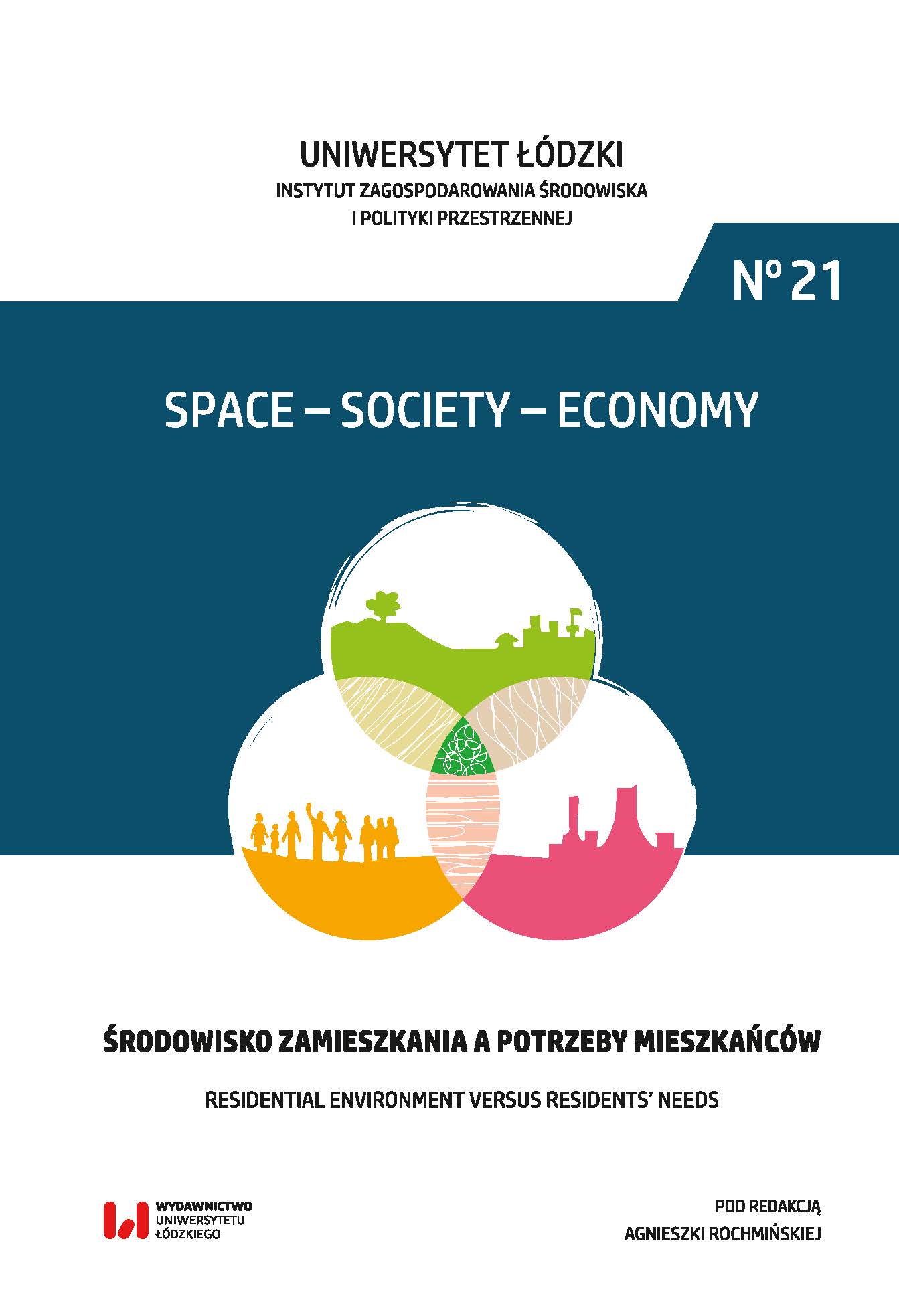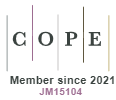Analiza problemów przestrzennych Lwowa – podejście strukturalne
DOI:
https://doi.org/10.18778/1733-3180.21.06Słowa kluczowe:
metodologia urbanistyki, problemy urbanistyczne, organizacja przestrzenna, miasto, LwówAbstrakt
Autor zaproponował użycie strukturalnego podejścia do analizy problematycznych przypadków w projektowaniu urbanistycznym i w procesie kierowania miastem. W tym celu zastosował pięciowymiarowy model przestrzeni zurbanizowanej, który ocenia relacje i współdziałania między wymiarami (L – ludzki, F – funkcji, X – warunków, G – geometryczny i T – czasu). Ocena poszczególnych wymiarów i współdziałań daje możliwość usystematyzowania problemów, określenia analizy przyczyn ich powstania i analizę rozwoju, co w końcowym etapie ułatwi podejmowanie decyzji naprawczych. Zaproponowane narzędzie metodologiczne zastosowano na przykładzie Lwowa.
Pobrania
Bibliografia
Demin N.M. – Демин Н.М., 1991, Управление развитием градостроительных систем, Киев.
Google Scholar
Filwarow G. – Фильваров Г.И., 1983, Вероятностный подход к определению перспектив регионального развития системы населенных мест, [в:] Градостроительство. Сборник научных трудов, Киев. НИИП градостроительства, Киев.
Google Scholar
Fomin I. – Фомін І.О., 1997, Основи теорії містобудування. Підручник, Київ.
Google Scholar
Habrel M., 2016, Przestrzenna organizacja systemów urbanistycznych. Podejście metodologiczne, Wydawnictwo Uniwersytetu Łódzkiego, Łódź: 1–186.
Google Scholar
DOI: https://doi.org/10.18778/8088-462-5
Klusniczenko E. – Клюшніченко Ю.Є., 1999, Соціально-економічні основи планування та забудови міст, Київ.
Google Scholar
Nudelman W. – Нудельман В.І., 2001, Планувальна організація території, [в:] Містобудування: Довідник проектувальника, за заг. ред. Т.Ф. Панченко, Київ.
Google Scholar
Pobrania
Opublikowane
Jak cytować
Numer
Dział
Licencja

Utwór dostępny jest na licencji Creative Commons Uznanie autorstwa – Użycie niekomercyjne – Bez utworów zależnych 4.0 Międzynarodowe.









